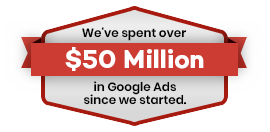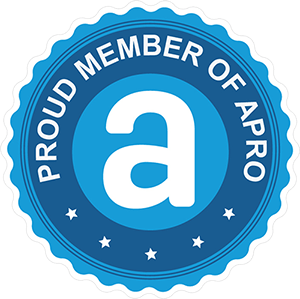
In the past it didn’t matter to the search engines much how easy it was to navigate your site. As long as the content and keywords were there you would rank well. Visitors might be a little upset, but at least you had good SE rankings.
Nowadays, Google is much smarter. They have realized that if they present their users with websites that are designed badly and load slowly, then the users will probably look somewhere else.
This has created a situation where Google has modified their algorithms to include load speed, design, ease of navigation and your bounce rate when figuring out where to rank your site. There are some simple ways to deal with these things detailed below:
Hub Pages
This is a page with links to all of your best content. It is like a mini index that makes it easy to find what your users and the search engines want to find.
Don’t Use Too Many Ads
Too many banners can clutter up a page; make it look like spam, and affect load times. Try to keep the ads to a minimum, because in the long run this will keep visitors coming back and improve your profit margin at the same time.
Make Sure Your Page Loads Quickly
Try to optimize your graphics to make them smaller. Also limit the graphics you have on your page. Too many graphics can make a page appear unprofessional and cluttered, and can really affect how fast it loads.
Breadcrumbs
Use breadcrumbs. They allow your users and the search engines to more easily figure out the structure of your site. Breadcrumbs are the links at the top of the page that often look like this: Home > Articles > WordPress SEO.
Pay Attention to Design
Do not skimp on the way your site looks. If you are designing the site yourself, it is best to keep it simple. Don’t use bright backgrounds and colors. An ugly site might get blocked by a search engine user, which will hurt your rankings.








